What is' mountain flowing water '
What is' mountain flowing water '
Please imagine a towering mountain with valleys. The rocks are rugged and there are several streams of water flowing from the mountain into the mountain stream! Some even have small waterfalls! There are many broken stones at the bottom of this valley and under the cliffs! After long-term erosion and beating by water flow, the originally sharp stone edge has become smooth.
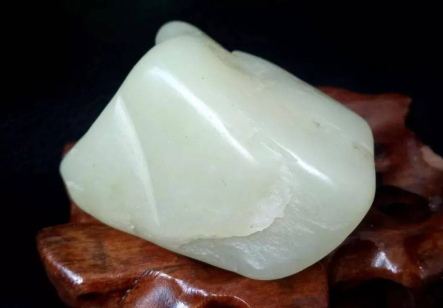
The name "Shanliushui" is given by jade collectors and jade carvers, and is a poetic name that refers to the original jade minerals that have weathered and collapsed, and have been transported to the upper and middle reaches of the river by floods. The characteristic of mountain flowing water is that the edges and corners of jade are slightly rounded, which is called "sub angular" in geology. It is closer to the primary ore and has a smoother surface. A part of the mountain water raw materials, also known as "Gobi materials", is formed by the weathering of jade on the Gobi Desert over millions of years. The surface is uneven but shiny, and it is also a very unique and distinctive jade material.

Mountain water materials generally appear in the upper reaches of rivers, and mineral deposits belong to residual, slope, flood or glacier accumulation types. This type of jade material is close to the primary mine, and although it is subject to natural erosion, debris flow, rainwater, and glacier erosion and transportation, the degree of natural processing is limited, and it has not yet fully turned into seed jade. Therefore, Xinjiang jade merchants often jokingly call it the "mother of seed jade".
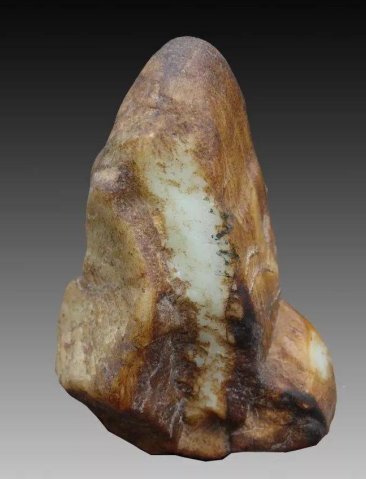
First point: Appearance analysis. Mountain water materials do not have sharp edges and corners, and usually have a smooth surface with water ripples similar to a beach. It has a slightly larger block size and is commonly shaped like a sheet.
Secondly, texture analysis. The texture of mountain water is relatively delicate and tight.
Thirdly, color analysis. It is relatively white and also has other colors.
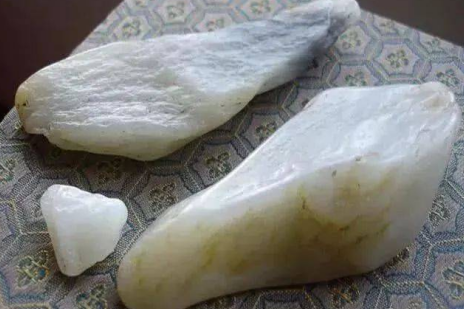
Many Vegetarian gelatin people know that the Hetian Yulong Kashi River produces seeds. It is famous for its warm, delicate, dense, white, and various oval shapes. Various mineral elements will deeply bury the jade in the river bed for thousands of years, even tens of thousands of years, making it wear clothes of various colors, making the original beautiful stone more attractive. The exquisite self gift is incomparable.
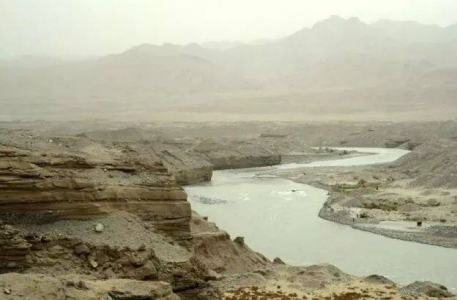
At the point where the Yulong Kashgar River starts from the zero kilometer point of the Hebu Highway (from Hotan to Buya Highway), with a total length of over 300 kilometers, there is an ethnic village called Harlangguitage, which is also the southernmost small village in Xinjiang, China. It is translated as Heishan in Chinese, also known as Heishan Village. The Hannirake River meets the Yulong Kashgar River here, and from then on, there is no jade to be produced in the Yulong Kashgar River. The true source of jade in the lower reaches of the Yulong Kashgar River comes from this river called the Hannirake River.
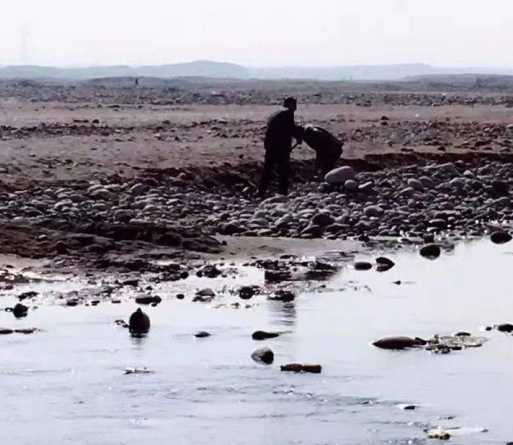
At the intersection of the two rivers, there is no jade above the Jade River, but abundant gold. Above the Khan River, there is no gold to be found, but abundant jade and stone. The magical nature has forged the Jade Dragon Kashgar River, a river of life flowing with gold and jade. I have vomited songs and marveled at it.
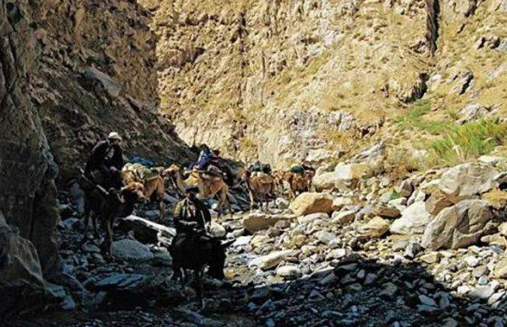
From Heishan Village, along the Hannirake River, there are steep mountains and many dangerous rapids, and the path is rugged with many abysses. In the past, people relied on donkeys, camels, humans, and animals to walk among them, which was full of danger. Nowadays, with the help of modern tools, people have forcefully opened up a road on cliffs that can be used for transportation such as motorcycles or tractors. At the end of the river source, in the plateau snow area of about 6000 meters, the surging Khan River became incredibly gentle, with thousands of miles of ice and snow covering the entire four fields. The ore vein of Hotan Jade is hidden in it and can't be found.
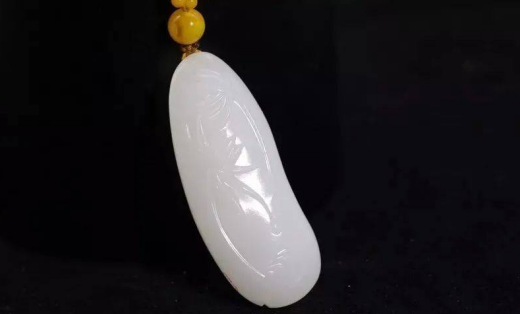
The name "Mountain and Water" is actually very poetic. No one would have thought that it was used to describe a piece of Hotan Jade, let alone that the name "Mountain and Water" actually came from an ancient village called "Water Village".
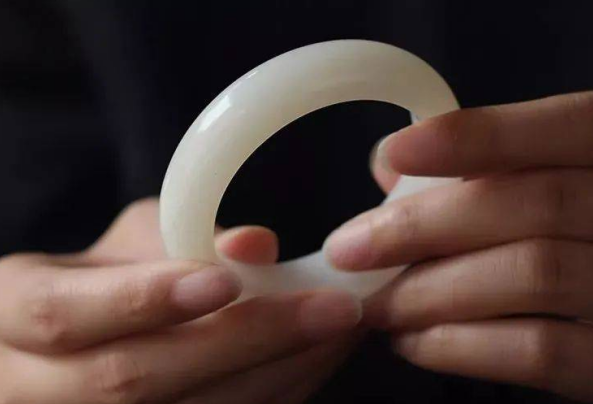
Liushui Village, a village rich in water from Hotan Jade Mountain, is under the jurisdiction of Aqiang Township, Tianxian County. Backed by Kunlun Mountain, it is the only "mountain pass" for all local jade miners to come down from the jade mine. Of course, it is also the best mountain pass. In the past, there were no more than 100 households and less than 300 people here. The villagers mainly depended on grazing and jade digging for a living. From generation to generation, they have become independent and like a paradise.
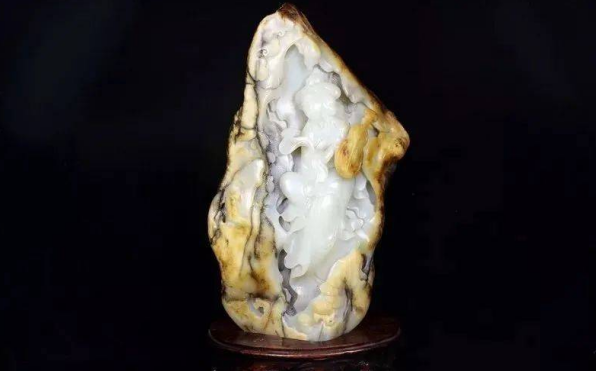
It is said that Liushui Village is named after the sub angular "mountain flowing water" produced in the upper reaches of the river, which consists of half mountain and half seed materials (generally speaking, mountain flowing water materials are larger in size and volume than seed materials, but higher in quality than mountain jade). It was also said that the flowing water materials of Hetian Yushan, which were transported to the Central Plains and the Imperial City through the ages, were all taken from Liushui Village. From the Ming Dynasty to the end of the Qing Dynasty and the beginning of the Republic of China, Hotan Jade gradually declined from the royal family to the folk. The jade industry in Beijing and Tianjin used "mountain and water" as the "jade equivalent", so it became the jade material that jade merchants bought in a concentrated manner, so that "mountain and water" in Liushui Village almost disappeared.
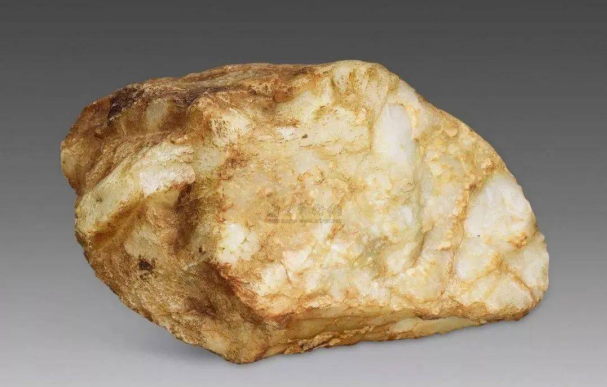
The rushing river water carried the collapsed rocks and flew down. Due to geological conditions, the Hetian mountain material that fell into the river collided with terrazzo from the source and ran aground at the big bend from the river to Liushui Village. During the dry season, it surfaced and became known as "mountain water".

